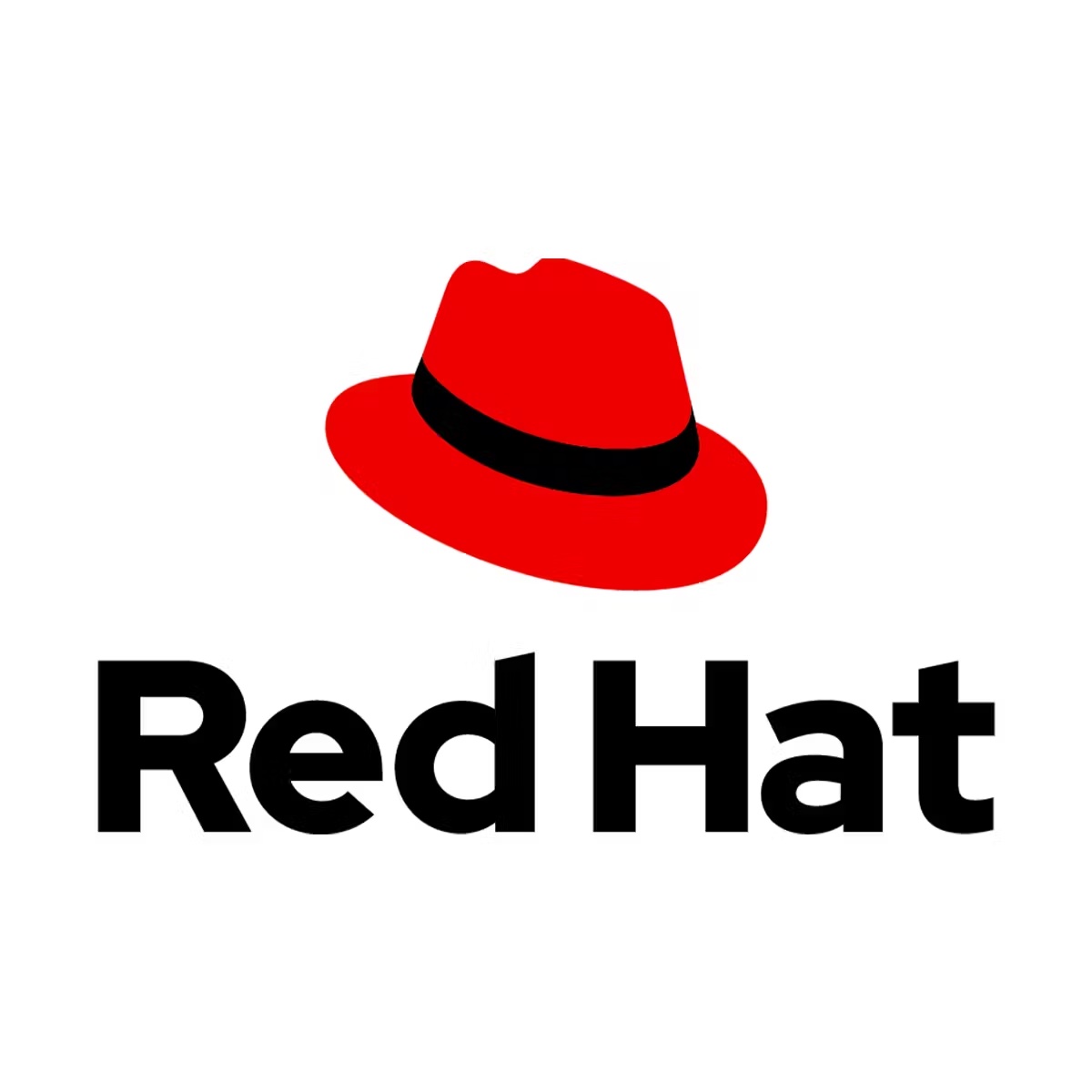Description
Who should attend
System Administrators responsible for creating OSE instances, deploying applications, creating process customizations, managing instances and projects
Certifications
This course is part of the following Certifications:
Red Hat Certified Specialist in OpenShift Administration
Prerequisites
- You should have completed RH270 for a deeper understanding of the architecture used by OpenShift
- You should have completed RHCSA, RH124 and RH134, or have equivalent RHEL system administration experience
- Red Hat recommends the RHCE certification
Course Objectives
This course provides you with the knowledge necessary to take advantage of the platform in a popular DevOps environment. This course is part of a series of DevOps courses that center around the use of OSE to enable continuous delivery a key goal in the DevOps philosophy.
Outline: Red Hat OpenShift Administration II: Operating a Production Kubernetes Cluster (DO280)
Module 1: Introducing OpenShift Enterprise by Red Hat
- Describe the features and architecture of the Red Hat OpenShift Enterprise product.
Module 2: Installing OpenShift Enterprise
- Install Red Hat OpenShift Enterprise and configure a master and node.
Module 3: Executing Commands
- Execute commands using the command line interface.
Module 4: Building Applications
- Create, build, and deploy applications to a OpenShift Enterprise instance.
Module 5: Managing the System
- Use OpenShift components to manage deployed applications.
Module 6: Customizing OpenShift Enterprise
- Customize resources and processes used by OpenShift Enterprise.
Module 7: Comprehensive Review
- Practice and demonstrate knowledge and skills learned in the course.




